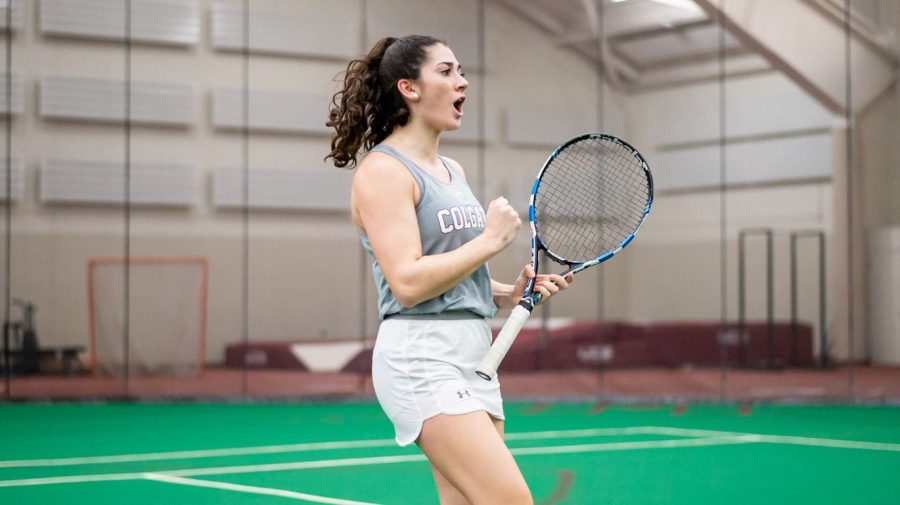Student Athletes Return to Practice
The end of Colgate’s two-week universal quarantine has brought about a series of newfound freedoms for the Colgate student body. For student-athletes, one of these freedoms included the ability to finally return to their first practices since March. Following the school’s transition to Gate 1 on Sept. 8, varsity training and practice was allowed to resume based on plans approved by the Task Force on Reopening and the Emergency Operations Center (EOC).
When asked what went into the university’s decision-making process, Colgate Vice-President and Director of Athletics Nikki Moore exclaimed that it was a lengthy and complicated process.
“Research, philosophy, psychology, finance and strategy all were part of what went into the decision,” Moore said. During the summer months, the Return to Athletics and Recreation Working Group spent several months developing a set of recommendations, which was received by the Task Force to Reopen Colgate. After reviewing, debating and suggesting changes to the recommendation, the revised report was then sent to the EOC, who suggested changes of their own. Further debate then ensued between the Task Force and EOC before a final report was sent to President Brian Casey, who subsequently reviewed and accepted the final report.
As with almost everything this semester on-campus, practices and training sessions will look different than they typically do. In addition to close supervision by athletics faculty members, coaches have developed training cohorts for small group practices of ten or fewer individuals, and considered existing family units and class schedules in the creation of these units. These small training cohorts will allow for a limited number of close contacts. Training activities will include a gradual introduction of physical activity with minimal to no contact, placing an emphasis on technique.
In addition to smaller training groups, Moore had several other strategies to help the athletics department return in a safe manner.
“Scheduling of facilities has been carefully considered to reduce contact between training cohorts, locker room capacities have been significantly reduced and locker room use is exclusively for showering and changing after practice. Other strategies include training clothes and masks will be laundered by professional equipment managers, and student-athletes must bring their own water bottle to practice,” Moore said.
When asked about what future plans for varsity practices and training would entail if Colgate were to reach Gate 2 or Gate 3, Moore noted that while plans are in place if the university reaches those points, the implementation of those procedures will depend upon how the coming days and weeks proceed.
“There are plans for gradually increasing numbers in training cohorts, as well as the array of activities available to them as the Gates increase. However, given the fluidity of information, we have been clear that we will continuously monitor our progress and make adjustments in case guidelines need to become more restrictive to protect student-athletes, coaches, the campus and community,” Moore said.
While the athletic department’s future plans, like those of the rest of the University, will become clearer as more information becomes available, they are taking necessary precautions to ensure Colgate’s student-athletes can return to their respective sports in a safe manner.









